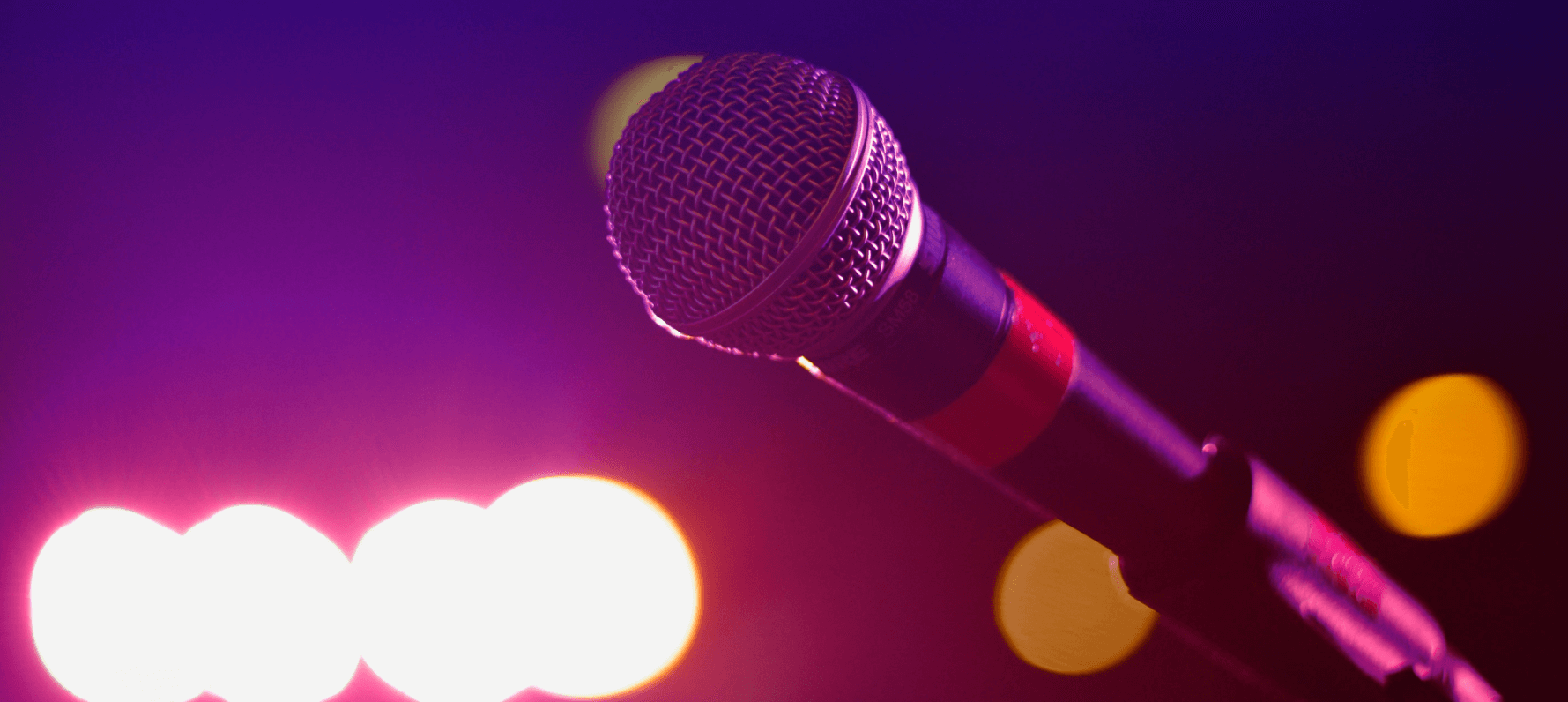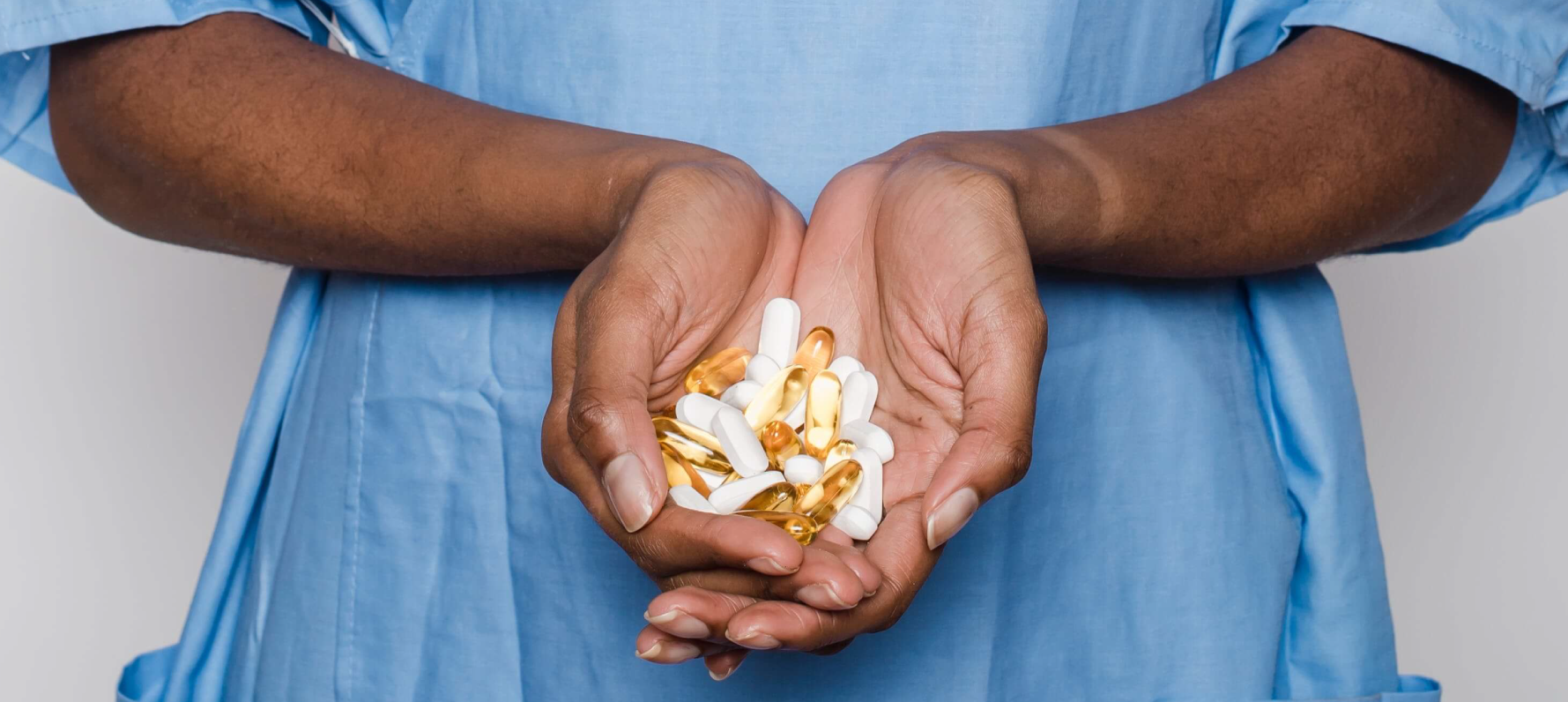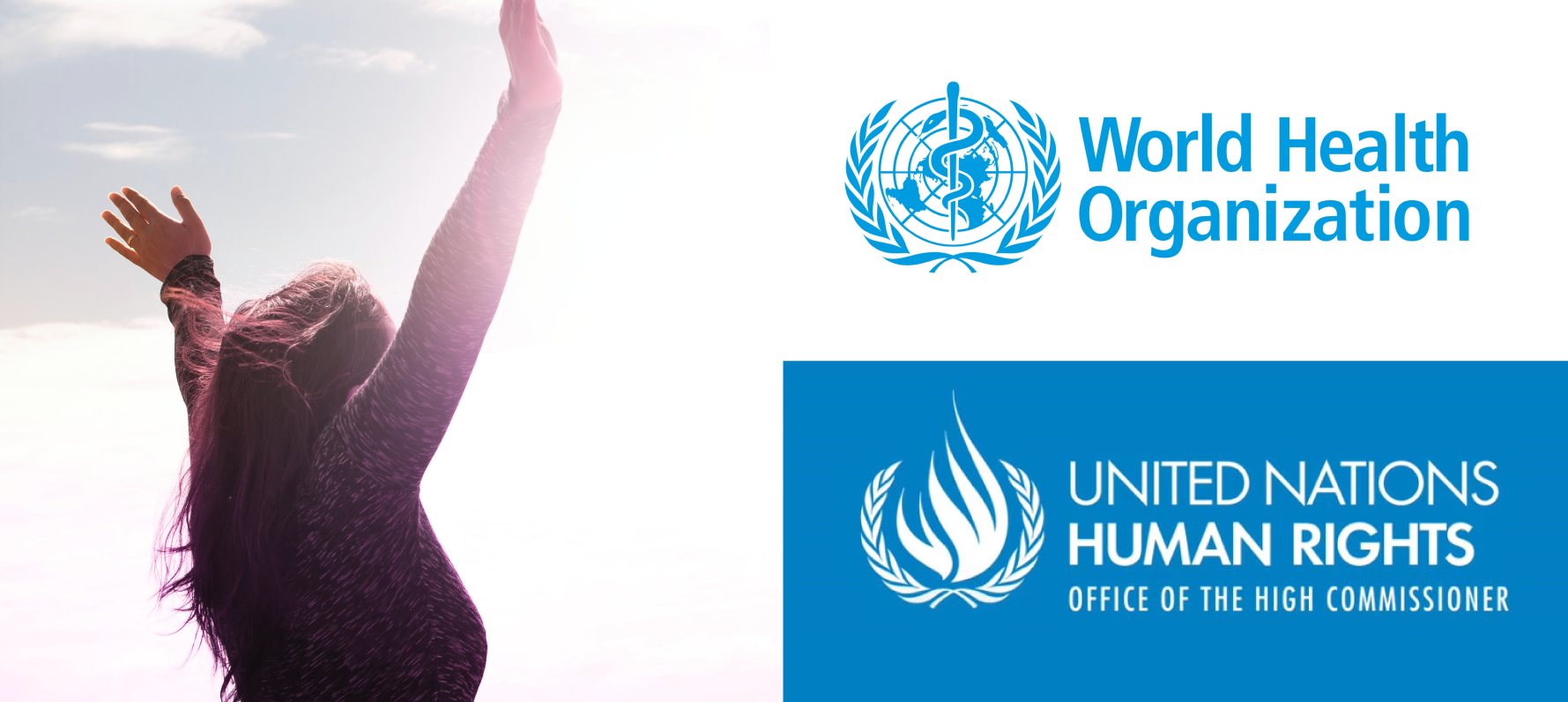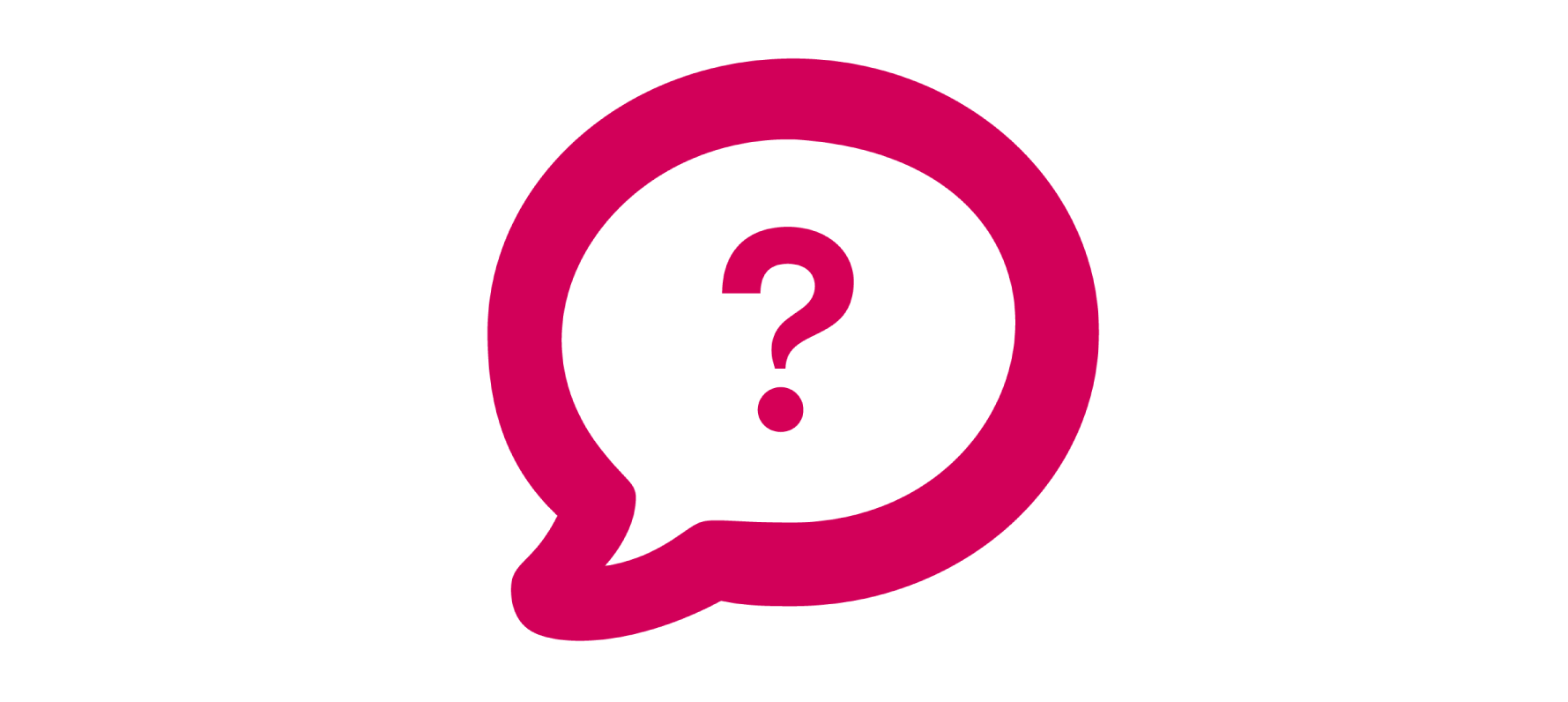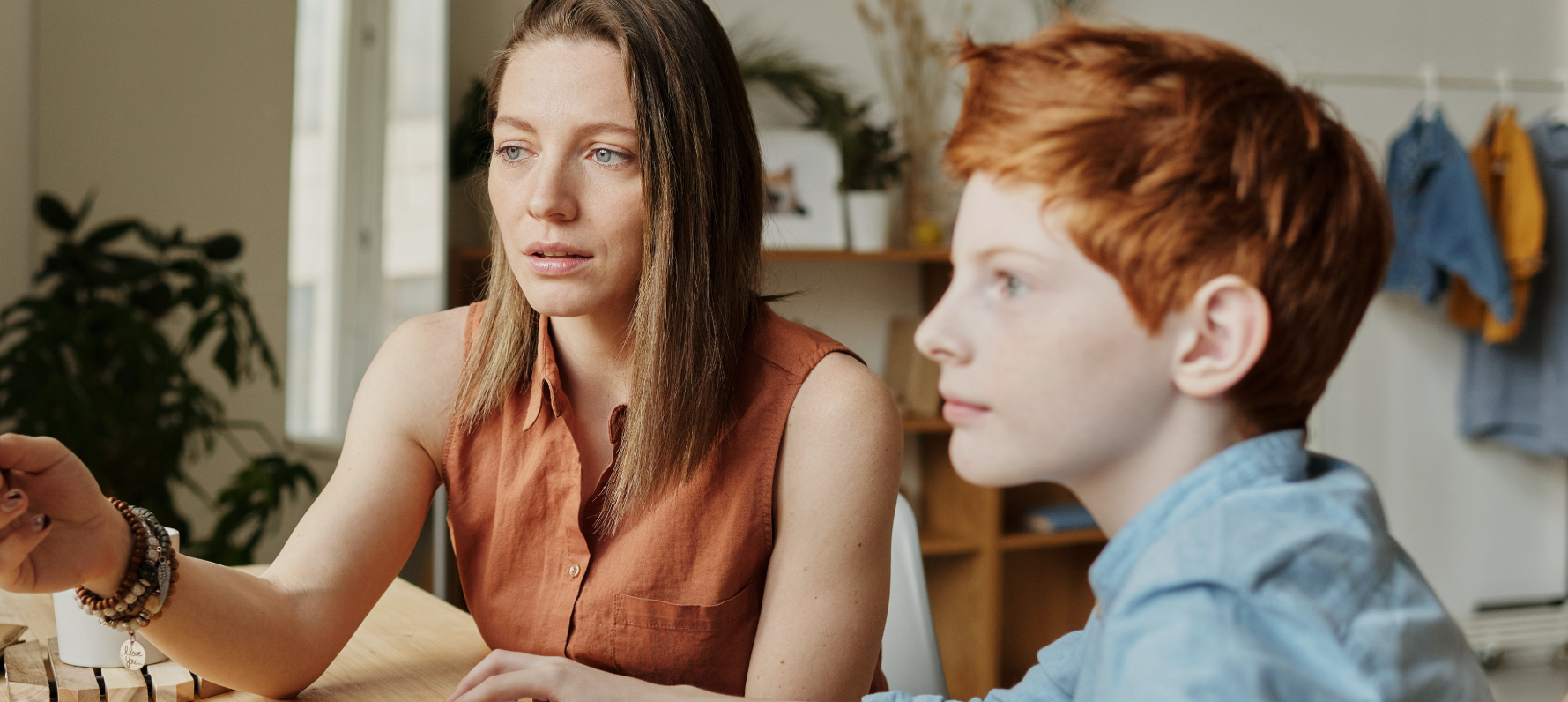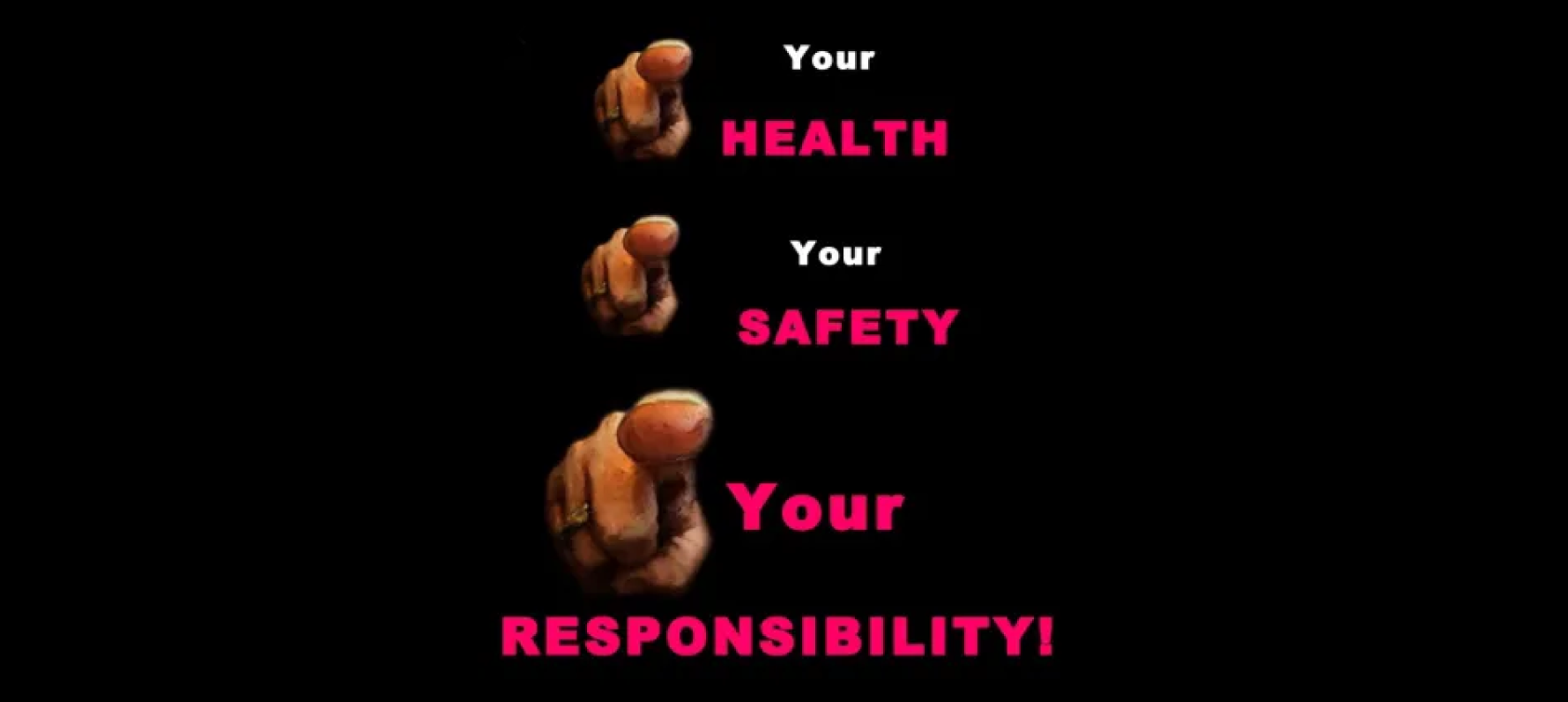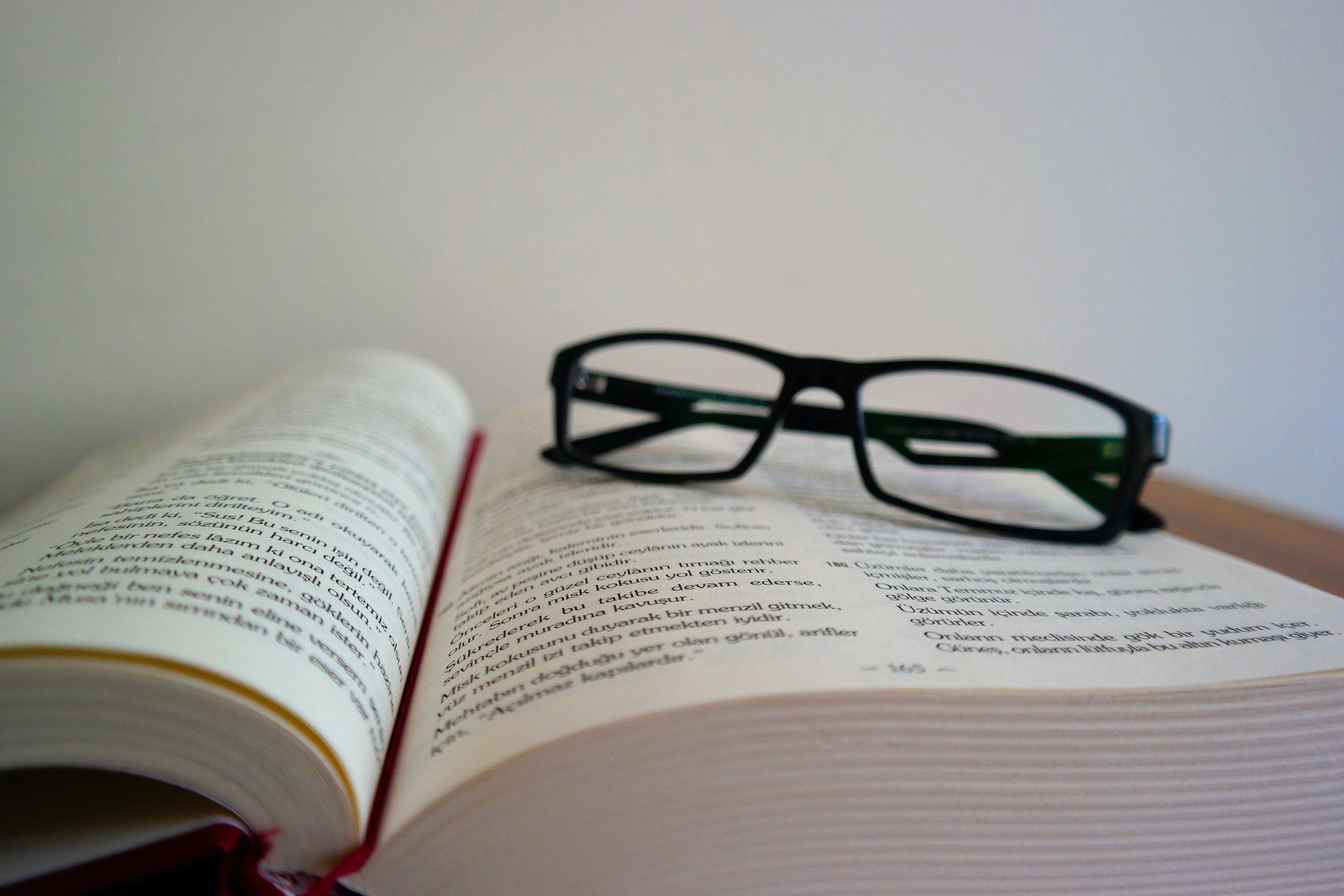Why education will never stop rape
I know you don't like to hear it, but we need to stop the belief that education will end rape and abuse.
I have been talking about this issue for years now but the myth that rape and sexual violence comes from a lack of education is a strongly embedded myth.
It doesn't matter who I say it to, professionals recoil with horror when I tell them the following things:
- Educating children about sexual abuse will not reduce sexual abuse
- Educating women about rape will not stop them from being raped
- Educating men about male rape will not reduce male rape
- Awareness raising campaigns about sexual violence will not end sexual violence
- Education about being sexually exploited will not reduce sexual exploitation
- Educating children about being groomed online will not reduce grooming online
I said these things many times in national workshops, at conferences and in meetings and the response is generally the same: shock, and then anger.
So I am writing this blog to set out the problems with assuming that education can solve rape, sexual violence and abuse - from both angles, by educating victims and by educating perpetrators. Education is clearly not the answer and yet we are ignoring all of the warning signs.
Before we go any further, I am NOT saying that education is useless or irrelevant. I write and teach sex and relationships ed myself. I even teach children about porn and sexual abuse. So, I am pro sex-ed from the earliest possible age. I’ve written articles about how to talk to your young kids about sex and abuse. My company, VictimFocus also publishes sex ed resources for children of all ages.
However. And this is a HUGE ‘HOWEVER’…
I do not do my job, believing that educating those children, women or men - will protect them from a calculated and motivated sex offender. And herein lies the crux of this blog.
Here are my 5 main arguments of why education will never stop rape:
1. Education is not preventative or protective for victims
Education is a wonderful thing. We can teach children and adults about relationships, respect, sex, their bodies, their development, their identities and even teach them about their perspectives on the world.
We can teach them about abuse. We can teach them about rape. We can teach them all about domestic abuse and familial abuse. These are all great steps forward for a society that still regards abuse and sex as taboo.
However, we have taken a bit of a leap of logic over the years in a desperate bid to appear like we are doing something positive or to look like we have all the answers. We started to sell packages of education to each other and to victims of abuse and rape (child and adult) that assume that the REASON the child or adult was raped or abused, was because they couldn't identify abusive behaviours and grooming tactics. Some companies and individuals got fat off the profit - some still are. They sell programmes to schools and tell the school that their work is 'preventative education' - to 'reduce the risk of being abused'.
This is absolute bollocks. There is no way this can be proved - but also, this ignores the fact that it doesn't matter how educated you are, if a sex offender can overpower you physically or psychologically, your education disappears. That's why police officers and rape specialists can still experience rape. That's why qualified social workers working in social care can still be going home to abusive relationships every evening.
I once worked on a case of a successful female solicitor who specialised in domestic and sexual violence. Her husband was an extremely dangerous abuser. He would lock her in the house and cut all the phone lines, smash her phone up, cut the electricity off, abuse her and keep her there for days with no contact with the outside world. Then he would blackmail her with her job and telling everyone about her, knowing it would ruin her career. At one point, he locked her in a place outside with nothing but a tent.
This woman was at the pinnacle of her career. She knew everything there was to know about domestic and sexual violence. But education and knowledge did not save her from such a dangerous and controlling abuser.
Think about it. Education is educative. It is not preventative or protective. Education will not protect any of us from a sex offender or an abuser in our inner circle.
2. Education has not solved a social problem or oppression yet
This is really important but this is also the point that annoys me the most. We often claim to be evidence based in our work - which would mean drawing on evidence from the past and from parallel issues. However, we don't seem to do this much.
Education has attempted, and failed to solve lots of serious social issues and crime types. Education has not reduced the statistics of domestic abuse at all. Education and awareness campaigns has not reduced the statistics of women being murdered every week by their partners - in fact, in our age of wokeness and information, it’s gone up! Education has not reduced racism or war or genocide or terrorism or misogyny or... anything really.
Education has certainly raised our awareness of the issues. Maybe we can all converse about it. Maybe we know what FGM stands for and we know what radicalisation is now. But has that awareness translated into safety for humans around the world? Did we all have epiphanies with our new knowledge and stop harming each other? Nope.
This is arguably because these issues are not from lack of education. You don't call an entire generation 'cockroaches' because you need a bit more education. You don't hold a child down whilst you abuse them because you missed the awareness raising in Coronation Street the other week. You don't drive a truck into a group of Muslims because you didn't have enough information about Islam.
Come on. Education is vital, but we have to stop pretending that it is the magic bullet.
3. Educating victims and then expecting them to protect themselves is victim blaming
This was the first time I think I ever blew my stack at work. It was when I realised that we were sitting children down who had been repeatedly raped and abused by adults and getting them to learn about consent and healthy relationships as a way to 'reduce their risk'. I couldn't think of anything more damaging or patronising. It partially led to my #nomoreCSEfilms campaign - in which films of rape and abuse were being shown to children as an educative or preventative method.
In exactly the same way as the domestic abuse field had to learn that leaving a woman and her children to be raped and battered by an abusive partner whilst we taught her about keeping herself safe and what a healthy relationship looks like was completely inappropriate and a form of victim blaming; here we are in sexual violence.
We are investing left right and centre in sessions for school children about how to reduce their risk of being raped or abused. We are putting on workshops for women going to university. We are talking to girls before they transition up to secondary school. We are making police force campaign posters with images of unconscious women with their knickers around their ankles that say 'Don't drink too much tonight'.
We are heavily psychologically invested in telling victims what not to do, so they stay safe from a rapist or abuser. So heavily invested in fact that when activists or victims stand up and say 'Why don't you tell the rapist not to rape people instead?' its either met with shock or it is laughed at as a stupid approach to sexual violence, because victims have a 'responsibility to keep themselves safe'.
Someone said to me:
"If we know that a certain sex offender operates in a local venue, and we educate all the kids that the sex offender is there, they can protect themselves from that sex offender because they were educated. We can educate kids about where sex offenders hang around and how they will target them - so education does work."
And I said:
"But 97% of rapes and sexual abuse occur at home with their significant others or family members as the perpetrators, so what are you gonna say to them? Don't go home? Leave? How do you educate a child or adult to 'keep themselves safe' if their rapists lives at home with them? Can you educate them out of that situation?"
The reality is, education as a method has good intentions and we shouldn't abandon it as a universal right to information and education - but telling children and adults who are already being harmed, raped, assaulted or abused that they can protect themselves once they have the education is a horrible form of victim blaming. It positions the victims as uneducated or unaware, and therefore reframes them as culpable because they 'didn't know enough'.
4. Educating sex offenders hasn't worked out too well for us so far
The opposite argument to all of this, is that we should educate offenders - and potential offenders about sexual violence and consent so they don't commit a crime (or any more crimes). Most people I teach come to this conclusion before really thinking it through. They assume that if teaching victims is negative, the positive outcomes must come from placing responsibility on the sex offender and educating them to stop raping and abusing children and adults.
I wish it was that simple. So did many others. In fact, I think it would be fair to say that thousands of people working in forensic psychology, prisons, CJS, criminology and psychiatry all thought the same. Much research and development was done over the past thirty years to look at education of sex offenders to look at things like sexual schemas, rape supportive beliefs, cognitive distortions and so on.
In 2016, the USA released a report that showed that the Sex Offender Treatment Programme actually increased sex offending in the men who went through it - and less than a year later, the UK released the same findings. The SOTP was dropped from every prison and community programme and we were back to square one. Why would an educative programme fail like this? Why would men who had committed sexual offences and then spent weeks in a SOTP become more dangerous?
The truth is, the SOTP was designed to be an individually tailored, one-to-one programme based on the offence and characteristics of the offender. When it was expanded and watered down by government and prisons, it turned into a classroom based group programme where lots of sex offenders spent time together talking about their offences, feelings, beliefs, thoughts and sexual schemas. Instead of education, we caused collusion. We caused normalisation and minimisation. The same has more recently been found in domestic abuse perpetrator programmes that have group elements.
Education is not the answer here, either.
Sex offenders who are motivated to harm others, will do so. They didn't end up in prison for raping six children because they needed some education and some workshops. They did it because they wanted to and because they created an opportunity to do so. And so it becomes glaringly obvious that we have missed something vital in our calculations...
5. Sexual violence is so much more than a misunderstanding or ignorance of consent
Someone said to me several years ago:
"Most men in university who rape young women do it because they don't understand consent and misunderstand when women say 'no'."
Yah. Sorry but I call major BS on that. Sexual violence is not a lack of education. It is not a low awareness. It is not misunderstanding or ignorance. It's not that these people don't know what 'no' means.
Sexual violence is a global social phenomena wrapped up in misogyny, hypersexualisation of society and children, economic factors, power struggles, porn culture, rape myths, weak laws and... individual motivations.
The uncomfortable truth is that our education cannot undo the damage our society has already done - and we cannot use education of individuals to change the way our entire society of millions of people have absorbed messages from porn, advertisement, patriarchy and the media.
The true way to combat sexual violence is to begin to reflect on the world we have created for ourselves. No point in blaming society when we ARE the society.
It is us who allow porn to feature children, violence, rapes, torture, strangling, suffocation and abuse. It is us who allow our children to become sexualised by the media, by marketing and by popular culture. It is us who allow entire generations to be oppressed and harmed by a second powerful group. It is us who are so desperate for power over each other that the heady mix of sex and power gets mixed together to form an influential rape culture that is celebrated and accepted everywhere.
Education alone cannot solve these issues. We need drastic, human, individual and collective change. Educating children in a school hall or adults in a small group therapy about abuse and expecting them to be able to keep themselves safe - and then sending them off into that society we have created for them is WHY none of this is working. Educating sex offenders in prisons and community groups and then sending them off into that very same rape-supportive society we created for them is WHY none of this is working.
A message to professionals and commissioners:
Lots of professionals and commissioners are terrified when faced with the prospect that what they have been told to do won't actually protect children or adults from sexual violence and to them, I say this:
- Sometimes, you cannot fix a huge global issue like this - but you CAN fix the way you or your organisation responds to it. You might not be able to end sexual violence or abuse or CSE - but you can vastly improve the way you interact with victims and the services you deliver.
- Telling someone that the reason they were abused, raped or assaulted was because they didn't know any better and that knowing more about abuse or rape could have stopped it from happening to them is abhorrent practice - make sure no one in your team says or believes that.
- Do we make daft promises like 'We aim to end murder by 2020' - no, we don't. We know that won't happen. But we are making massive promises like that in abuse and sexual violence. 'We aim to end child abuse!' 'We aim to end CSE'. Good for you, but, you won't. So stop chasing the impossible dream and focus on what you CAN do. Stop making promises we can't keep. Stop selling products that don't do what you say they do.
- Stop commissioning education of victims as preventative or protective method. It's patronising and it's unethical. Focus on asking them what they need from you or your organisation. Support? Advice? Trauma therapy? Play therapy? Coaching? Mentoring? Practical help? Someone to offload on? Someone to help them with a criminal trial?
- Do not use education as an excuse to blame victims of sexual violence and rape. Education would likely not have made any difference to what a sex offender chose to do to them. The victim is not the problem here, the offender is.
- When you are thinking about the problem of sexual violence, think bigger. Look around you. See adverts, music videos, porn, upskirting, forced marriage, laws, policies, campaigning, imagery, film plots... you live in a sexually violent society that celebrates forced sexual activity and the objectification of women and children.
- Remember that you can do a brilliant job of educating children, adults, professionals and even offenders - but to do so you must accept that you can't predict or control sexual violence perpetrated by offenders you don't even know.
- Your education might have a positive impact on the people you are teaching, but please do not assume or expect it to protect them from rape or abuse - and don't blame them if they are attacked or abused after you educated them.
- Outcomes measurement is important here - do not mix up your values and beliefs with true outcome measurement. If you educate 500 teenagers - the outcome is that you provided education to 500 teenagers. The outcome is not 'we reduced the risk of 500 teenagers' or '500 teenagers are now educated in sexual violence' or '500 teenagers now better understand how to protect themselves'. You provided information, that is what you did.
Get more trauma-informed content!
